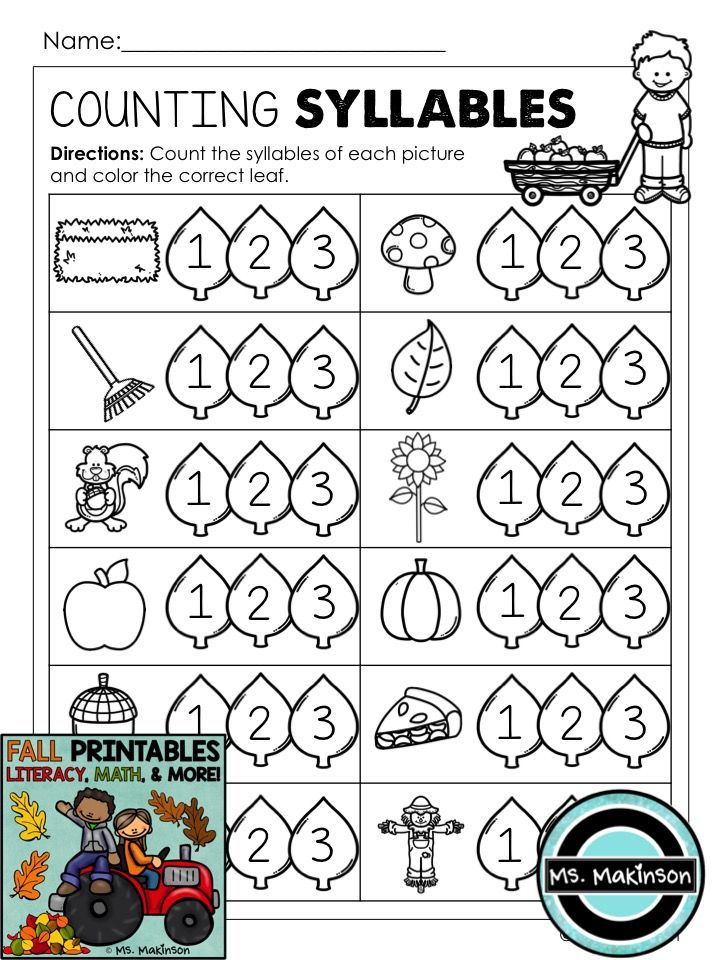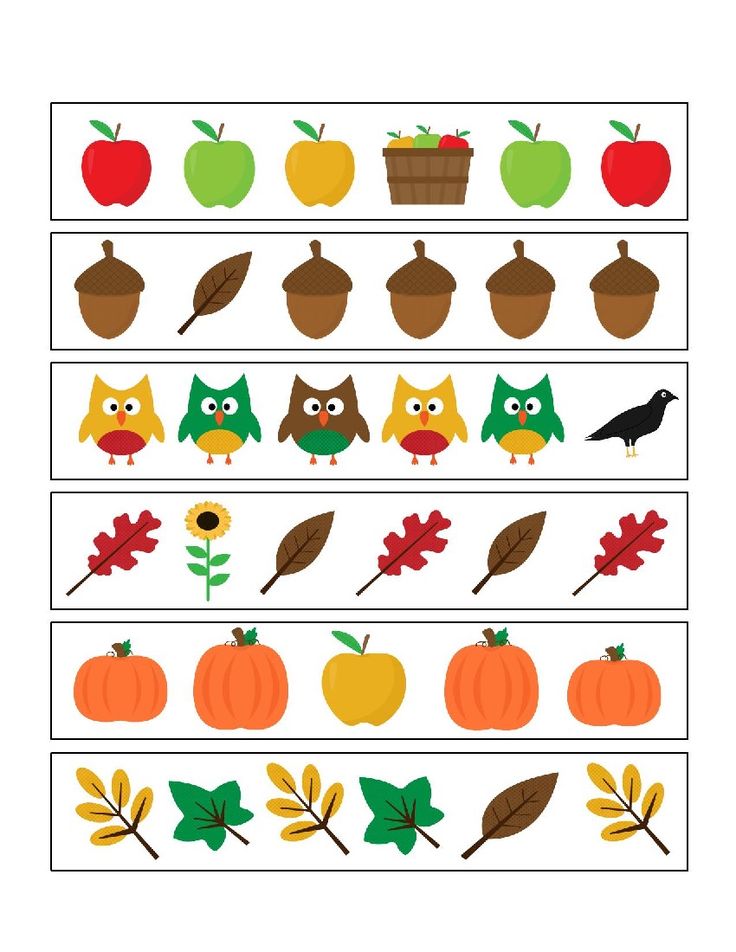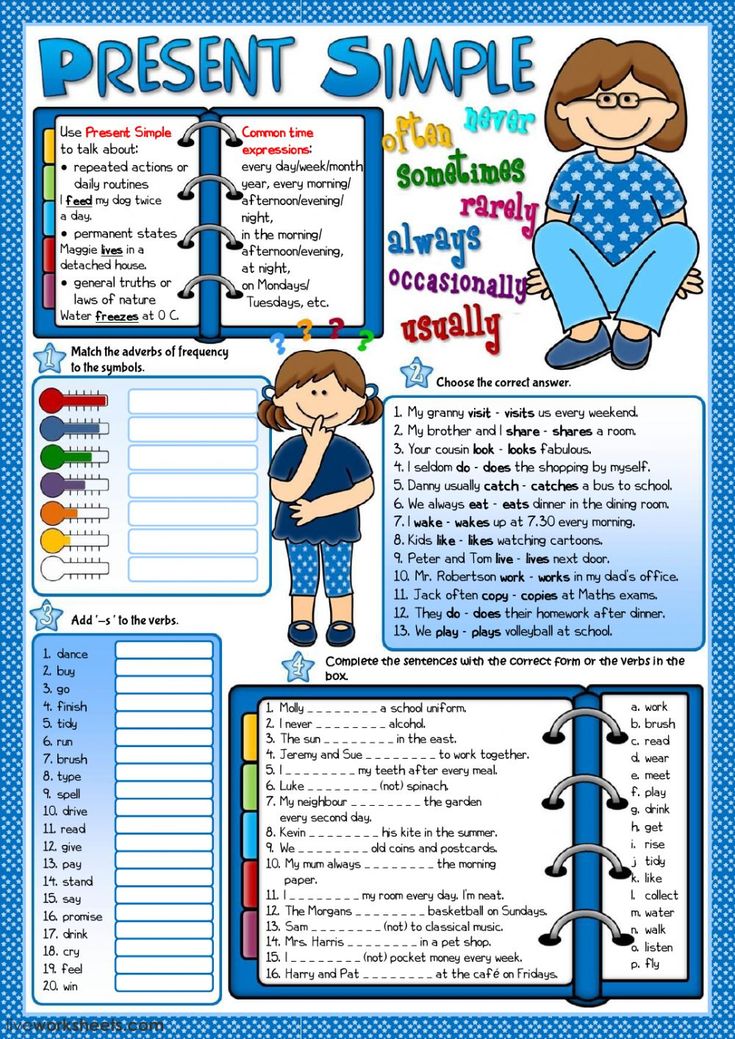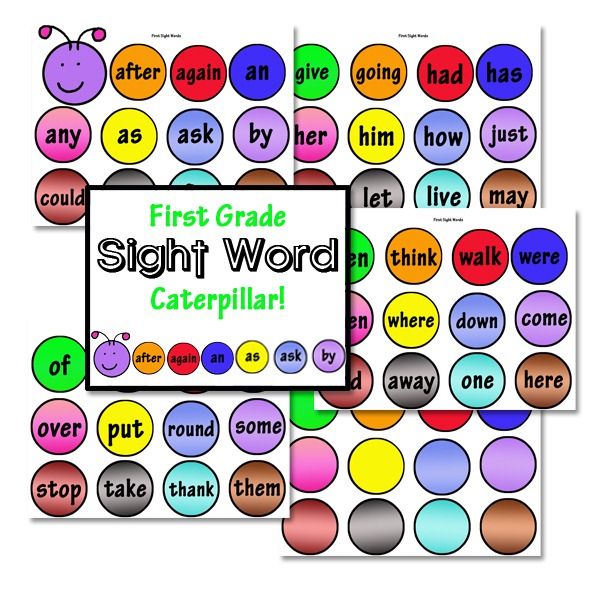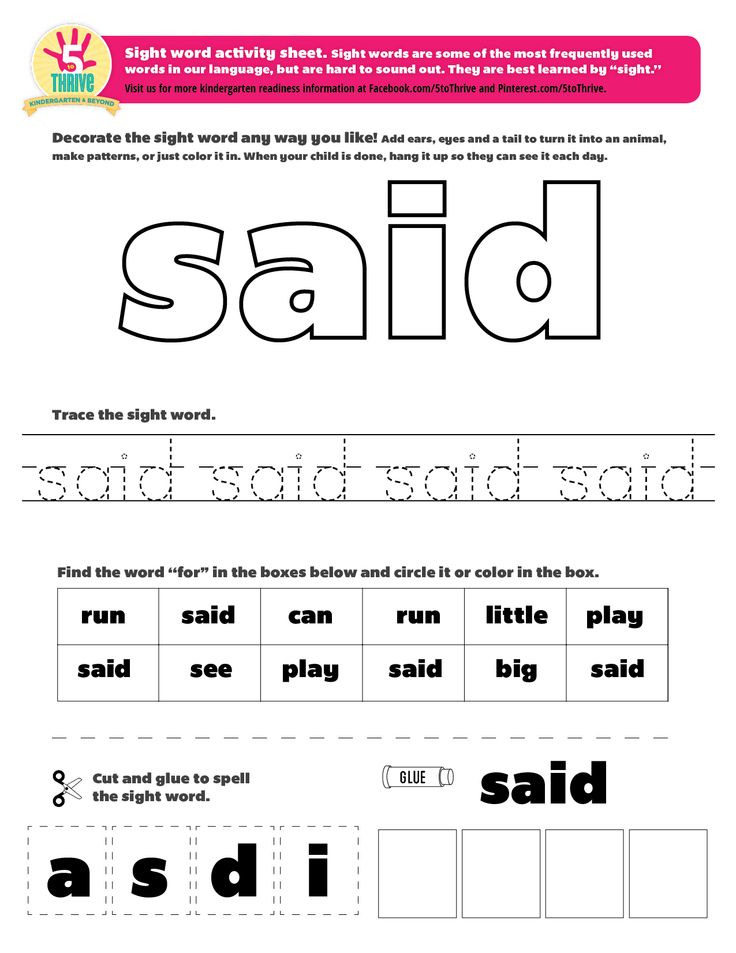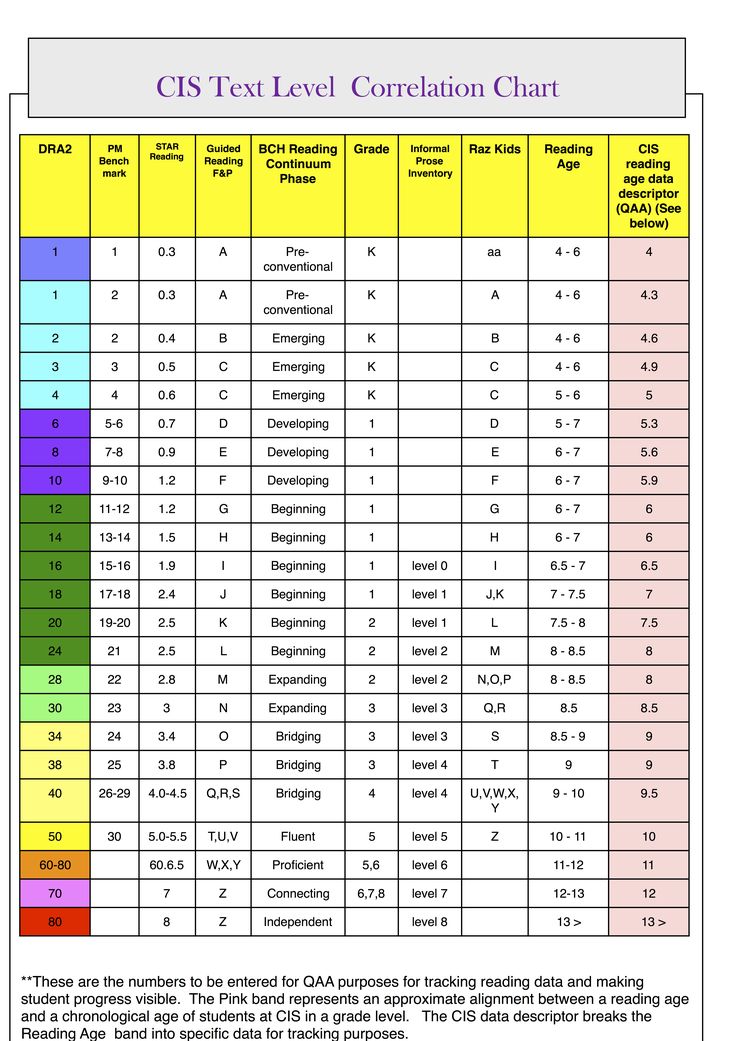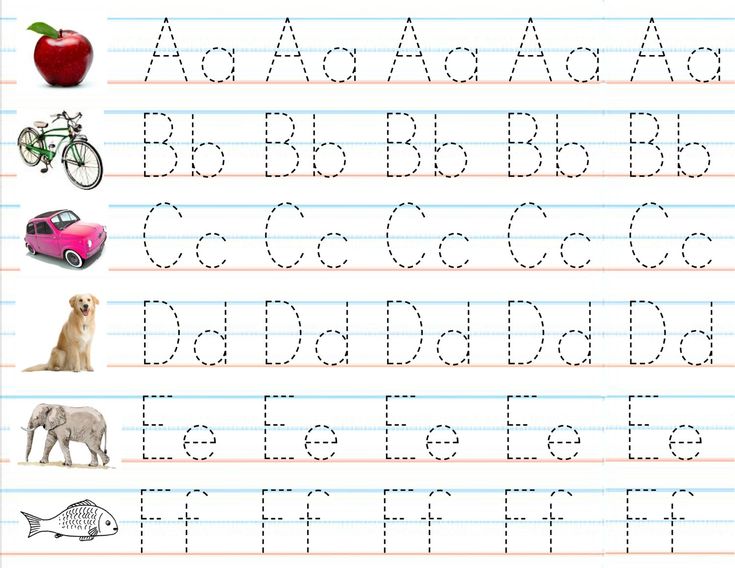Reading ability levels
The Four Levels of Reading: Improve Skills One Level At A Time
One of the secrets to acquiring knowledge is to read. A lot. My Hero, Charlie Munger, said it best “In my whole life, I have known no wise people (over a broad subject matter area) who didn’t read all the time – none, zero.”
Picking up a book and reading the words is the easy part. Reading to understand is much harder.
The key is not simply to read more but rather be selective about what we reading and how we are reading.
This article, the first in a multi-part series on improving our reading skills, outlines the four levels of reading.
“Books give delisght to the very marrow of one’s bones. They speak to us, consult with us and join us in a living and intense intimacy.” — Petrarch
Mortimer Adler originally published How To Read A Book in 1940. It immediately became a bestseller. Since that time the book has been updated and recast many times, most notably by Charles van Doren in the 1970’s.
Active Reading
There is no such thing as passive reading. All reading, to some degree, is active reading. The only difference is that some reading is more active than others. And when it comes to reading to learn something or reading for information something the more active your reading habits the better.
Reading is a complex activity, just as writing is. It consists of a large number of separate acts, all of which must be performed in a good reading. The person who can perform more of them is better able to read.
Success in reading is determined to the extent that you receive what the writer intended to communicate. That doesn’t mean you agree with them, only that you understood them.
Reading For Understanding or Information
Assuming we’re not reading for entertainment, there are two things we generally want to get from reading. We can read to acquire information and facts or we can read to learn something new and improve our understanding.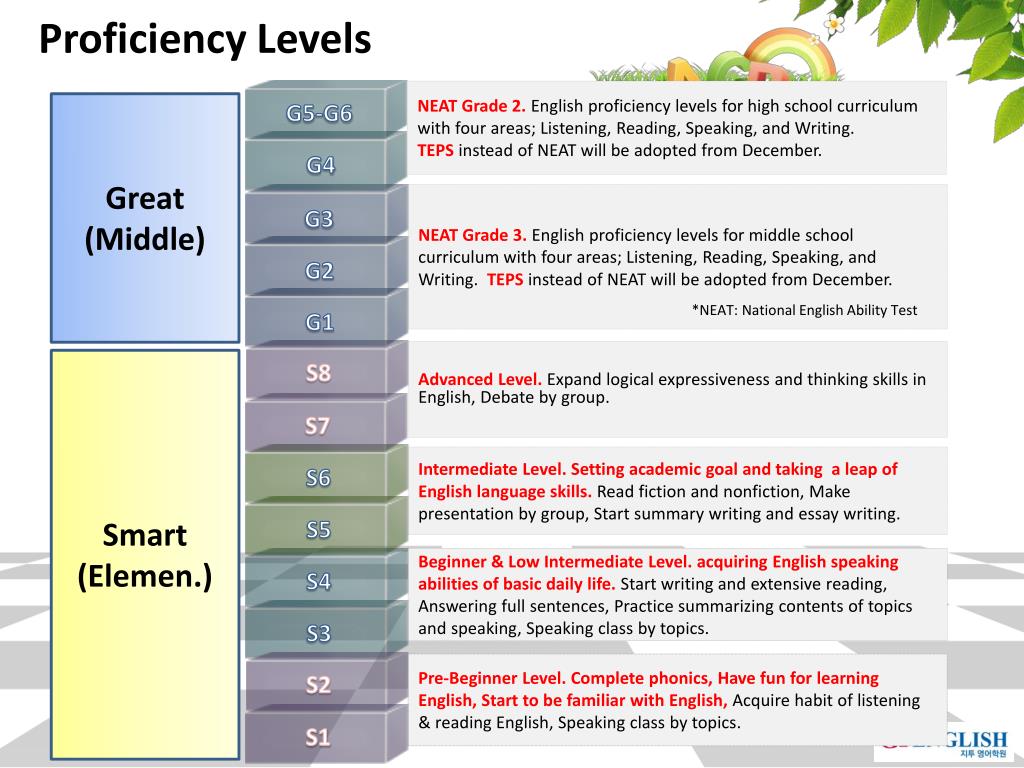
Reading for entertainment is self-explanatory.
Reading for information is the one in which we read media or anything else that’s easily digestible. These things give us more information but don’t improve our understanding. There is no shock, no moment of … that doesn’t make sense.
Alternatively, we can try to read something by someone who knows more about the subject than we do. After reading works by authors who know more about a subject than we do, our understanding is changed … it may be the case that we better understand something or perhaps we understand that our understanding was incomplete. Either way, our understanding has changed.
The easiest way to improve our understanding is from people who understand more about the subject than we do.
So half the battle of reading for understanding is to identify and select works from someone (or a group of people) who know more about a subject than we do. The internet and Amazon have made this much easier with ratings and book reviews.
And if you can read for understanding, you need not worry about reading for information or entertainment as, being less demanding, they will take care of themselves.
Instruction or DiscoveryTo be informed is to know simply that something is the case. To be enlightened is to know, in addition, what it is all about: why it is the case, what its connections are with other facts, in what respects it is the same, in what respects it is different, and so forth.
This is the difference between being knowing the name of something and knowing something.
… if you remember what an author says, you have learned something from reading him. If what he says is true, you have even learned something about the world. But whether it is a fact about the book or a fact about the world that you have learned, you have gained nothing but information if you have exercised only your memory. You have not been enlightened. Enlightenment is achieved only when, in addition to knowing what an author says, you know what he means and why he says it.

You can’t be enlightened unless you are informed, however you can be informed but not enlightened.
Montaigne speaks of “an abecedarian ignorance that precedes knowledge, and a doctoral ignorance that comes after it.”
The first is the ignorance of those who, not knowing their ABC’s, cannot read at all. The second is the ignorance of those who have misread many books.
The Greeks had a name for people who have read too widely and not well, sophomores.
Being widely read and well-read are not the same thing. Adler argues that to avoid this error we must distinguish between how we learn into instruction and discovery.
The art of reading, in short, includes all of the same skills that are involved in the art of unaided discovery: keenness of observation, readily available memory, range of imagination, and, of course, an intellect trained in analysis and reflection.
The goal of reading determines the best way to read the material in question.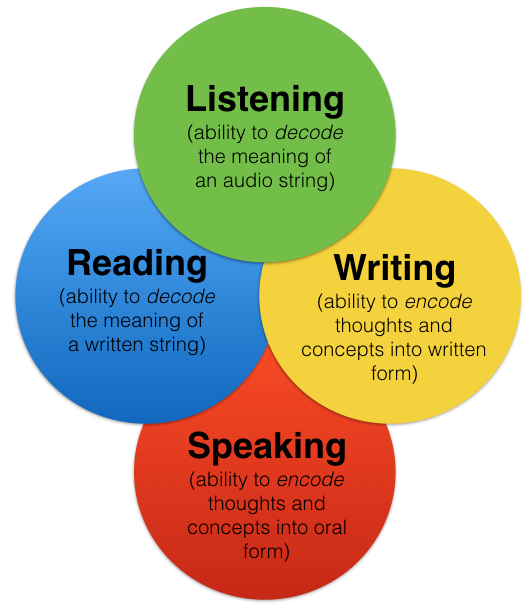 If we’re reading for entertainment, we’re going to read a lot differently than if we’re reading to build a rocket ship.
If we’re reading for entertainment, we’re going to read a lot differently than if we’re reading to build a rocket ship.
A thorough understanding of the levels of reading is necessary before we can improve our reading skills.
There are four levels of reading. They are thought of as levels because you can’t reach the higher levels without a firm understanding of the previous one — they are cumulative.
1. Elementary Reading
The first level of reading is elementary reading, which is what we learned to do in elementary school. Most of us never get beyond this level.
Other names might be rudimentary reading, basic reading or initial reading; any one of these terms serves to suggest that as one masters this level one passes from nonliteracy to at least beginning literacy. In mastering this level, one learns the rudiments of the art of reading, receives basic training in reading, and acquires initial reading skills.
2. Inspectional Reading
The second level of reading is inspectional reading, which can be thought of us intelligently skimming a book in a limited amount of time.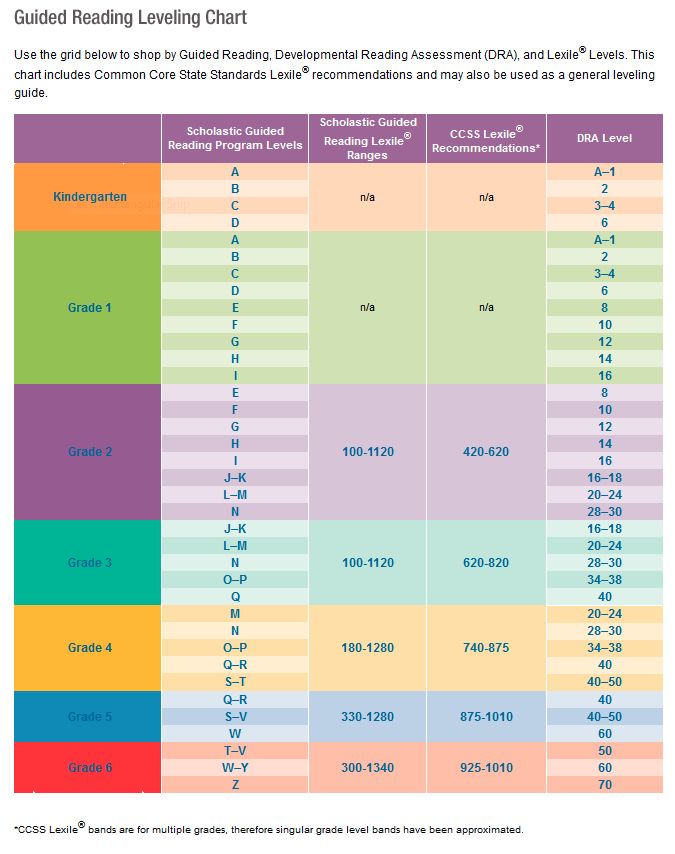 Not only does this prime our brain with the material in the book, but it helps us determine if we want to read the entire book.
Not only does this prime our brain with the material in the book, but it helps us determine if we want to read the entire book.
Adler writes:
[A]nother name for this level might be skimming or pre-reading. However, we do not mean the kind of skimming that is characterized by casual or random browsing through a book. Inspectional reading is the art of skimming systematically.
The point of inspectional reading is to examine the “surface” of the book.
Adler guides us:
Whereas the question that is asked at the first level is “What does the sentence say?” the question typically asked at this level is “What is the book about?” That is a surface question; others of a similar nature are “What is the structure of the book?” or “What are its parts?”
Inspectional reading is underappreciated by a lot of readers because they see it as a waste of time.
A lot of people like to read linearly. They pick up a book, turn to page one, and plow steadily through it without ever reading so much as the table of contents.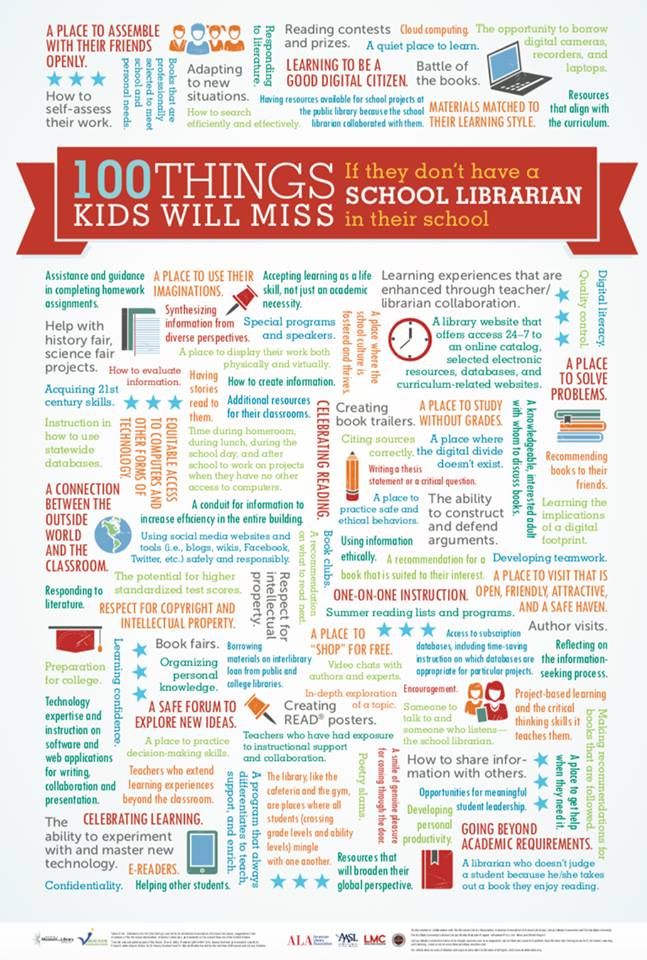 “They are,” writes Adler, “thus faced with the task of achieving a superficial knowledge of the book at the same time that they are trying to understand it.” This makes reading more difficult, not less.
“They are,” writes Adler, “thus faced with the task of achieving a superficial knowledge of the book at the same time that they are trying to understand it.” This makes reading more difficult, not less.
3. Analytical Reading
The third level of reading is called analytical reading, which goes deeper than inspectional reading. If your goal in reading is entertainment or acquiring information, analytical reading is not necessary. However, if you are reading to improve understanding, analytical reading is entirely necessary.
It is both a more complex and a more systematic activity than either of the two levels of reading discussed so far. … Analytical reading is thorough reading, complete reading, or good reading— the best reading you can do. If inspectional reading is the best and most complete reading that is possible given a limited time, then analytical reading is the best and most complete reading that is possible given unlimited time. The analytical reader must ask many, and organized, questions of what he is reading.
… [A]nalytical reading is always intensely active. On this level of reading, the reader grasps a book— the metaphor is apt— and works at it until the book becomes his own.
Francis Bacon remarked “some books are to be tasted, others to be swallowed, and some few to be chewed and digested.” Think of analytical reading as chewing and digesting.
4. Syntopical Reading
The fourth and most difficult level of reading is syntopical reading.
It is the most complex and systematic type of reading of all. It makes very heavy demands on the reader, even if the materials he is reading are themselves relatively easy and unsophisticated. Another name for this level might be comparative reading. When reading syntopically, the reader reads many books, not just one, and places them in relation to one another and to a subject about which they all revolve. But mere comparison of texts is not enough. … With the help of the books read, the syntopical reader is able to construct an analysis of the subject that may not be in any of the books.
It is obvious, therefore, that syntopical reading is the most active and effortful kind of reading.
This is the first article in a multi-part series on how to improve our reading skills.
The Four Levels of Reading: Mortimer Adler's Guide
What are the four levels of reading from Mortimer Adler’s How to Read a Book? Why are most adults still reading at an elementary level? How can you improve your reading level?
The four levels of reading are elementary reading, inspectional reading, analytical reading, and syntopical reading. With Adler’s guide and some time and practice, you, too, could reach a syntopical reading level.
Continue below to learn about each of the four levels of reading.
If you read a lot, then it makes sense to spend time learning how to read better and increase the value from your reading. That’s the point of How to Read a Book.
The argument is compelling: after you learn phonics as a child and go through high school English, no one really teaches you how to read intelligently. College courses rarely touch on this, and the workforce even less so.
College courses rarely touch on this, and the workforce even less so.
As a result, plenty of adults read at an elementary level – not in the sense of having a limited vocabulary, but in absorbing the value of a book efficiently. Here’s more about the four levels of reading.
The Four Levels of ReadingThe bulk of the book is about four levels of reading, each increasing in difficulty and complexity. Here they are at a high level:
- Elementary Reading
- This is pure mechanical reading of text and comprehension of what the symbols literally mean.
- This is where most remedial courses aim, and the extent to which reading is taught in school.
- Inspectional Reading
- This is a skimming of the book to understand its main points and its structure. It aims to gain the best understanding of the book in a limited time.
- This is achieved by reading the table of contents, index, and key summaries of major chapters.
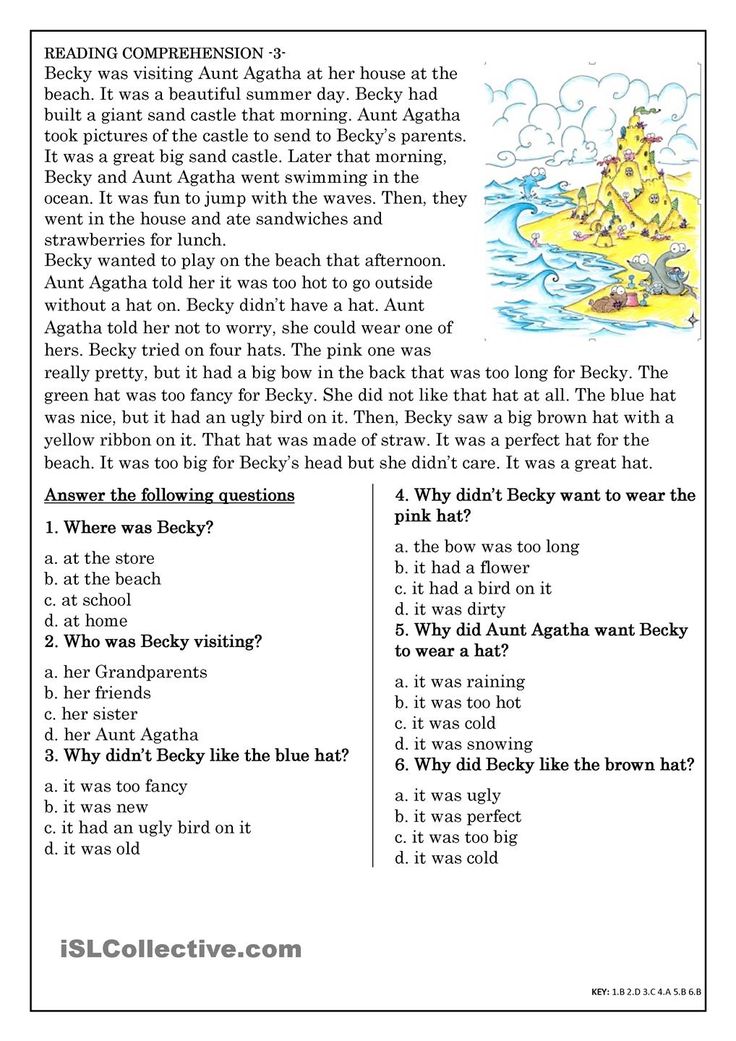
- Analytical Reading
- This aims to gain the best understanding of the book in unlimited time.
- Not only should you aim to understand what is being said, you should develop a personal opinion about its validity.
- This isn’t necessary if your goal is simply information or entertainment. Furthermore, if the book is low quality, it’s not worth spending the time to comprehend the book at this level.
- Syntopical Reading
- This aims to compare books and authors to one another, to model dialogues between authors that may not be in any one of the books.
1.
Elementary ReadingElementary reading is the pure mechanical reading of text and comprehension of what the symbols literally mean. It’s the most basic form of reading.
Children learn to read quite magically. At some point words suddenly have real meaning to them. Science is not clear on how this happens. Children become more capable readers as they build vocabulary and infer meanings from context clues.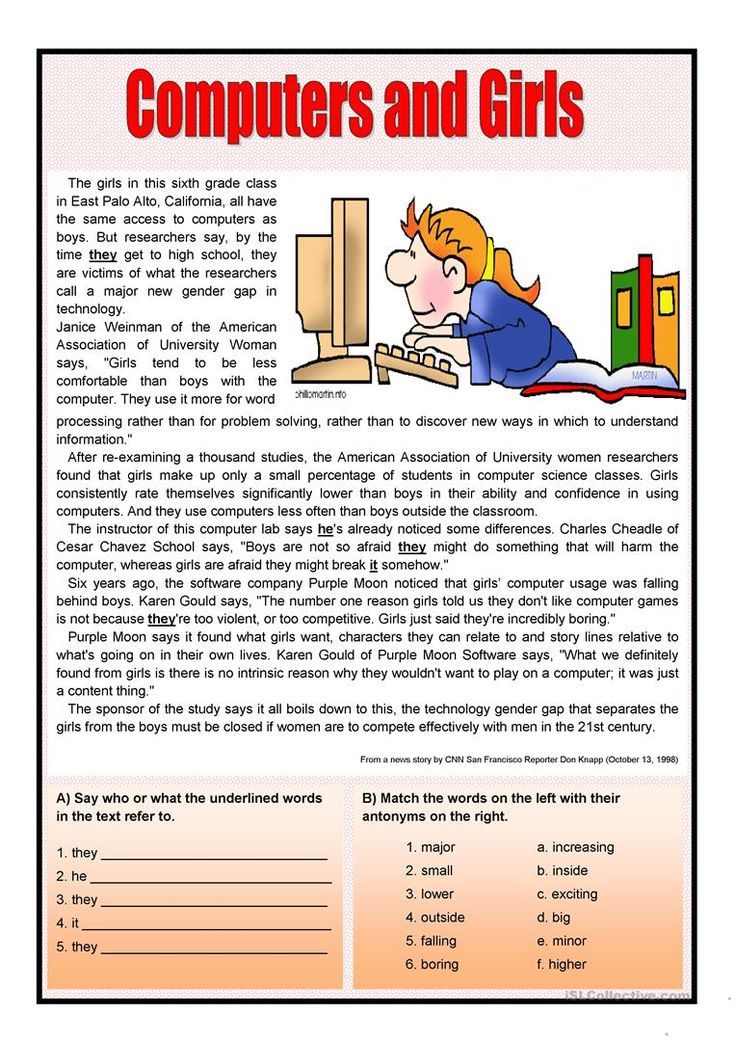
There are myriad systems for teaching language (from alphabetical to phonic) and the authors don’t espouse any particular method.
As an adult, you encounter difficulties at elementary reading when reading in a foreign language.
Most remedial courses in school, and speed reading courses, deal with elementary reading. Little explicit instruction is given on higher levels of reading like Inspectional, Analytical, and Syntopical. That’s what this book is about.
2.
Inspectional ReadingInspectional reading is a skimming of the book to understand its main points and its structure. It aims to gain the best understanding of the book in a limited time.
When most people read a book, they do so cover to cover, starting with page one and reading it all the way to the end. While this is more straightforward in some ways, it’s actually worse for comprehension – you’re trying to understand what a book is about at the same time you are trying to understand it.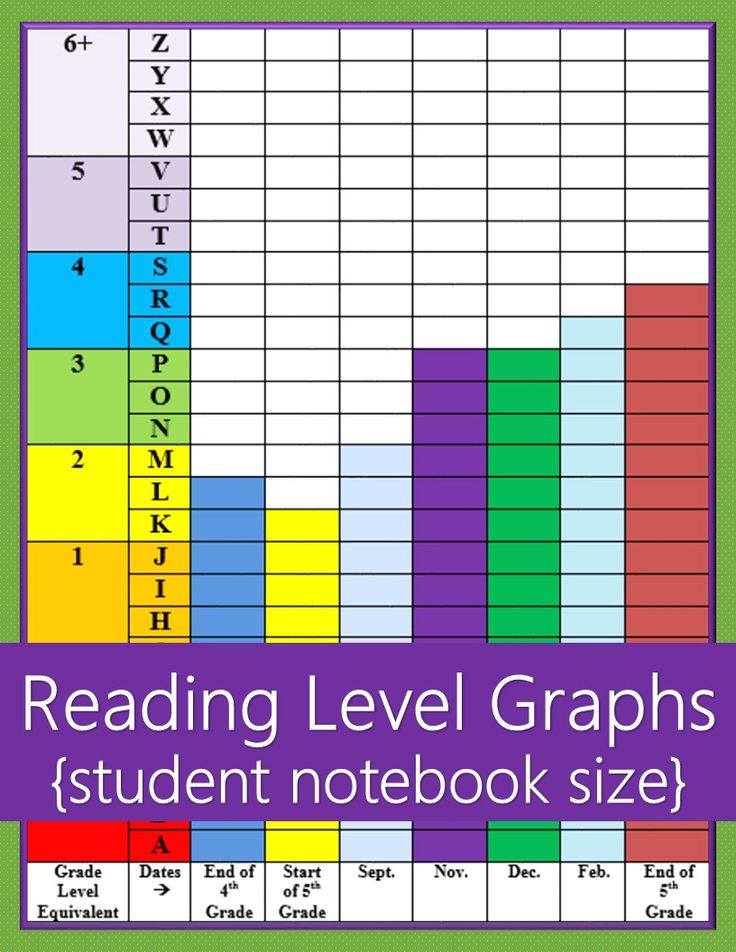
Techniques for Inspectional Reading
- Read the title.
- This can be more informative than you think. “The Decline and Fall of the Roman Empire” suggests the book begins with the height of the Empire, at the Age of the Antonines. It doesn’t cover the rise of the Roman Empire.
- Read the preface, blurb.
- The author often explain what the book is about, and how to tackle it.
- Read the table of contents.
- Scan the index for range of topics covered. More important topics will have more pages.
- Find the main chapters of the book, and read the summary areas of those chapters.
- The summary areas are often at the end of the chapter, or at the end of each major section.
- Thumb through the book, listening for the basic pulse of the book.
- (Shortform suggestion: also try reading the top Amazon reviews of the book, or scanning through our summary of a book.)
3.
Analytical ReadingThe aim of analytical reading is to gain the best understanding of the book in unlimited time.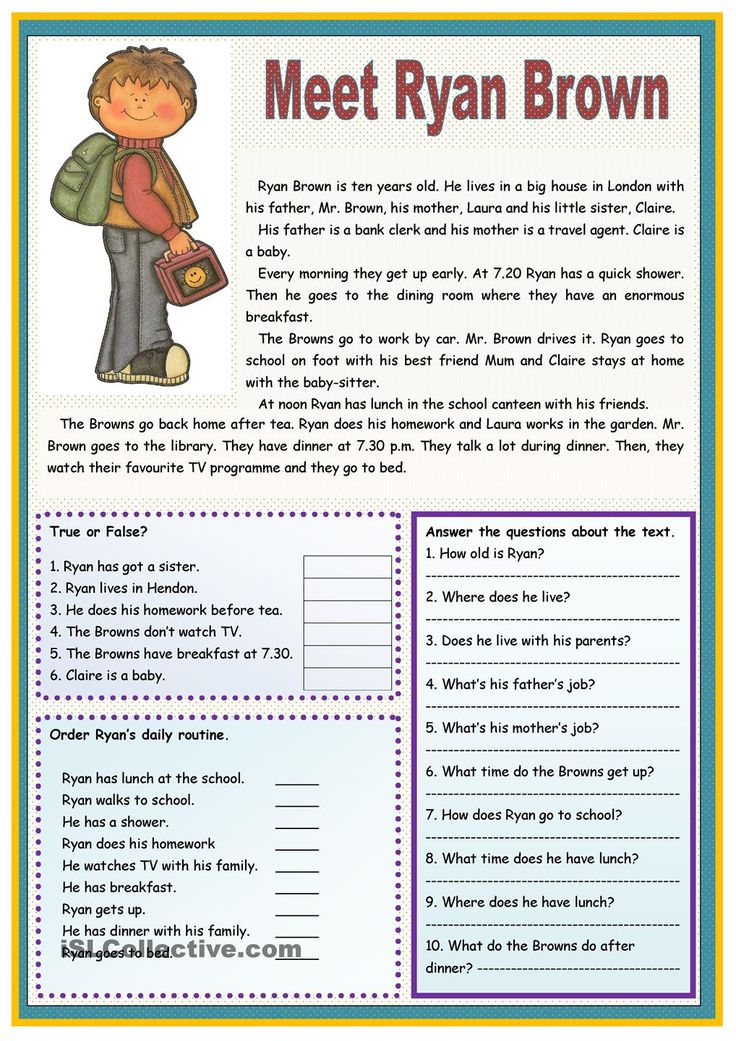
Not only should you aim to understand what is being said, you should develop a personal opinion about its validity.
This isn’t necessary for every book, and would be a waste of time for lower quality books. If your goal with a book is simply information or entertainment, then you don’t need to do as thorough of a job.
Analytical Reading consists of four components:
- Understand the author – her intentions, problems, and goals.
- Understand what the book says, through its logical arguments.
- Define the keywords.
- Find the most important sentences. Restate the book’s propositions in your own words, to make sure you understand it.
- Use external resources (like dictionaries and reviews), only after you struggle through it yourself first.
- After you understand a book, criticize a book from your own viewpoint, finding areas you agree and disagree.
In the full book summary, we’ll cover specific tips for different genres like practical books, fiction, history, math and science, and philosophy.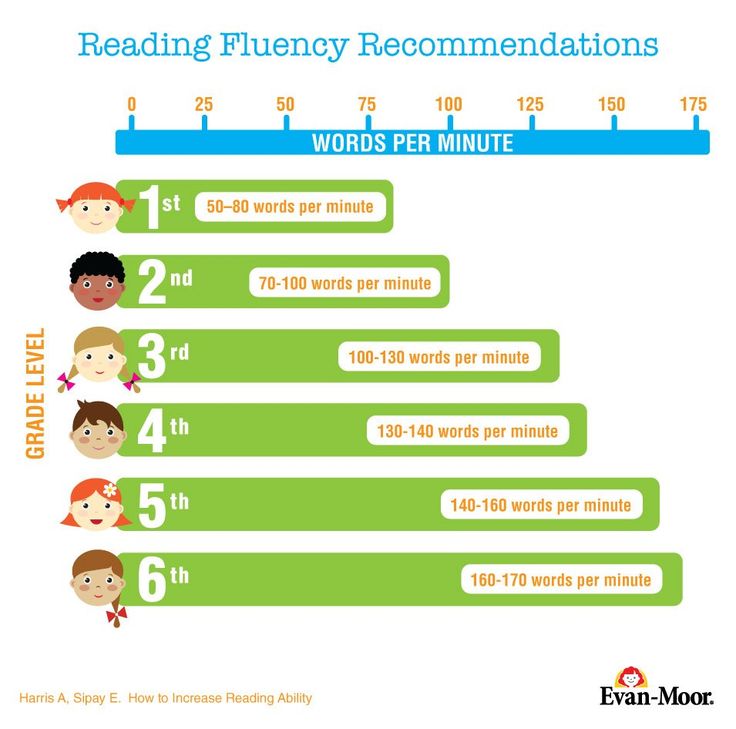
Criticizing a Book
Reading a book is like a conversation. Your obligation as a reader is to talk back, even though the author isn’t there. There is no book so good that no fault can be found with it.
Your job is to determine which of her problems the author has solved, which she has not, and decide if the author knew she had failed to solve them.
Criticizing a book means to comment, “I agree,” “I disagree,” or “I suspend judgment.”
When you agree or disagree, you must give reasons for your disagreement.
If you disagree with the author, your criticism must fit into a set of categories:
- The author is uninformed: lacks knowledge that is relevant to the argument.
- Darwin lacked knowledge of later Mendelian genetics.
- An author ignores the relevant work of predecessors.
- The author is misinformed: asserts what is not the case; proposes as true/likely what it is false/unlikely.

- Aristotle was misinformed about how females participate in animal reproduction, and thus came to unsupportable conclusions about procreation.
- You must be able to argue the greater probability of a conclusion contrary to the author’s.
- The author is illogical: commits some logical fallacy.
- Non sequitur: the conclusion simply does not follow from the reasons offered.
- Example from Machiavelli: “The chief foundations of all states are good laws. As there cannot be good laws where the state is not well armed, it follows that where they are well armed they have good laws.”
- The inversion of a logical statement is not equivalent to the original statement – there can be well-armed states that do not have good laws.
- Inconsistency: two things the author has tried to say are incompatible.
- Non sequitur: the conclusion simply does not follow from the reasons offered.
- The author’s analysis is incomplete: the author has not solved all the problems she started with, or seen the implications of the materials used, or failed to make distinctions relevant.
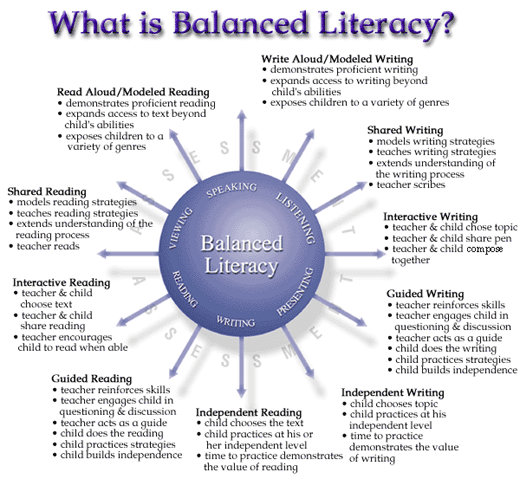
4.
Syntopical ReadingPerhaps the most challenging of all types of reading is syntopical reading, which applies the analytical skills across a multitude of texts. Syntopical reading aims to compare books and authors to one another, to model dialogues between authors that may not be in any one of the books.
The ultimate aim is to understand all the conflicting viewpoints relating to a subject. It’s not to devise your own synthetic answer, as this would merely be an entry into the literature, rather than an understanding of what already exists.
The major steps of Syntopical Reading are:
- Create a total bibliography of works that may be relevant to your subject.
- Inspect all of the books on your bibliography to decide which are relevant to your subject, and to better define the subject.
- As you research, you may find that your subject is more difficult to define than you imagined. Imagine love, which has been attributed to everything in the universe.
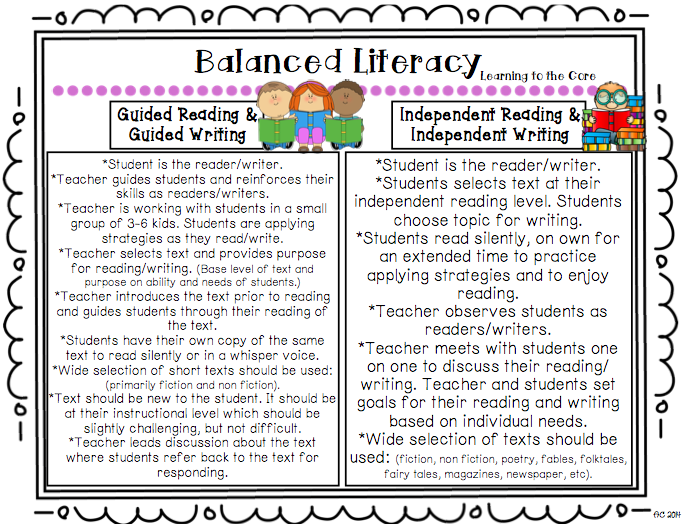 Are you looking at love for men, women, parents, children, mankind, money, animals, wine, football?
Are you looking at love for men, women, parents, children, mankind, money, animals, wine, football?
- As you research, you may find that your subject is more difficult to define than you imagined. Imagine love, which has been attributed to everything in the universe.
- Find the most relevant passages within the bibliography.
- Read the book quickly. You are reading it for your ultimate purpose, not for its own sake.
- Bring the authors to terms with each other.
- Authors in different fields may use entirely different terms that mean the same thing, and the same terms in different fields may mean entirely different things.
- This is in some sense like translating Latin to French, or making Aristotle talk to Nietzsche.
- Frame a set of questions to which most of the authors can be interpreted as giving answers.
- Define the issues by ranging the opposing answers of authors.
- Order the questions and issues to throw maximum light on the subject.
In this way, you can establish an objective view of the world’s best arguments on subjects like how to live life, how to organize society, and the nature of progress.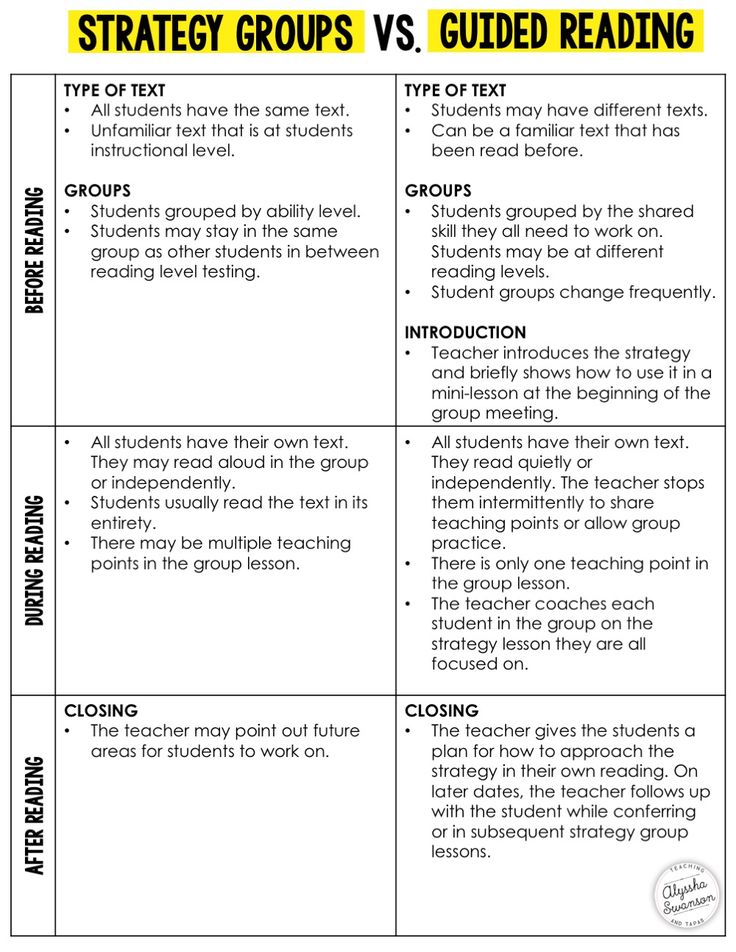
The 5 Key Skills You Need to Master Reading
Teachers and parents today are fortunate to have access to a wealth of evidence-based research on what works in teaching children to read.
Because of this, we know that teaching children to read, their ability to learn and become proficient readers, depends on the five key skills that we bring you today.
From birth
The literacy rate of children begins to develop long before the child goes to school. Even the youngest children can begin to be prepared to successfully learn to read. Research has identified skills that are important for literacy development:
-
knowledge of the sound of letters
-
knowledge of letter names
-
speech sound control
-
remembering what was heard
Childhood
From kindergarten through grade 3, young readers actively develop all five key reading skills, from phonemic awareness to reading comprehension.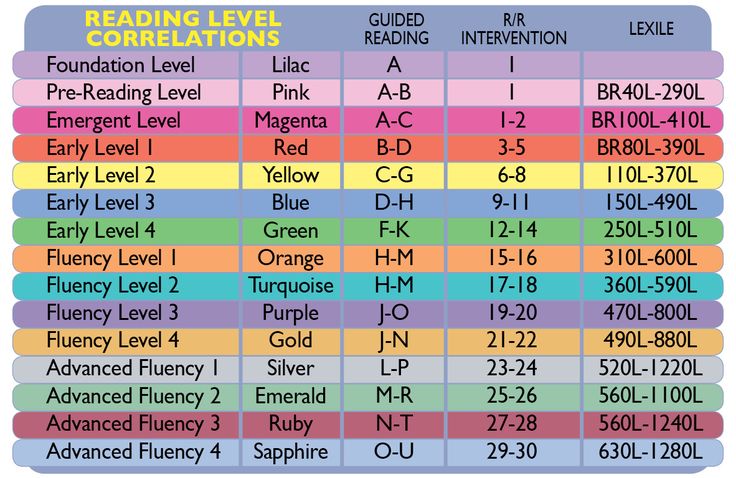 Studies have shown that learning to read during this period requires a certain combination of techniques and strategies. Teachers and parents must understand how children learn and must adapt teaching methods to the individual student's abilities.
Studies have shown that learning to read during this period requires a certain combination of techniques and strategies. Teachers and parents must understand how children learn and must adapt teaching methods to the individual student's abilities.
This is especially important when it comes to children who have difficulty learning to read.
1. Phonemic perception is the ability to perceive a word as a sequence of phonemes - the smallest units of sound that affect the meaning of words. Phonemes are speech sounds represented by the letters of the alphabet.
2. Phoneme decoding - the ability to identify new words by rebuilding groups of letters back into the sounds they represent, link them into a word and learn its meaning.
As challenging as reading is, thanks to advances in neuroscience and technology, we can now target key learning centers in the brain and identify areas and neural pathways that the brain uses to read.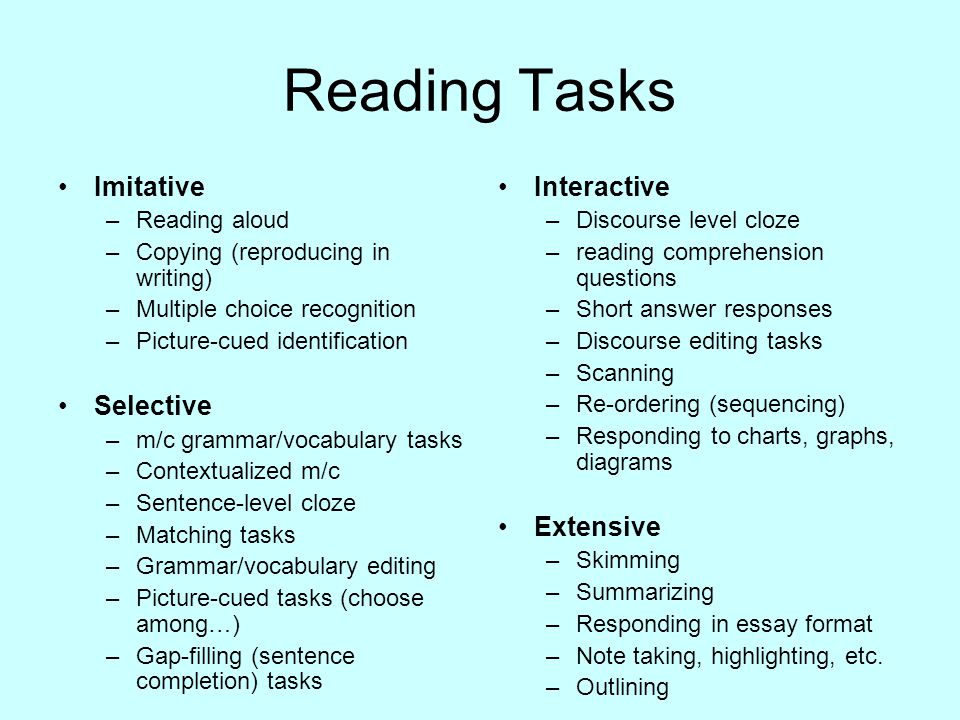 Not only do we understand why experienced readers read well and novice readers struggle with reading, but we can also help any reader on the journey from early language acquisition to reading and reading comprehension - it all happens in the brain.
Not only do we understand why experienced readers read well and novice readers struggle with reading, but we can also help any reader on the journey from early language acquisition to reading and reading comprehension - it all happens in the brain.
Adolescence
Even though the child has already mastered the skills of phonemic perception and decoding, reading comprehension difficulties can often arise at this age. In middle and high school, literacy is formed not only in the language sphere, but also in the development of other disciplines.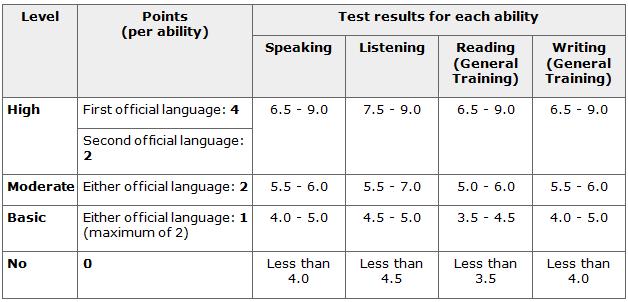 In order to prepare a student for high school, teachers and parents need to focus on developing the three skills necessary for reading: vocabulary, fluent reading, and reading comprehension.
In order to prepare a student for high school, teachers and parents need to focus on developing the three skills necessary for reading: vocabulary, fluent reading, and reading comprehension.
Skills needed to understand the meaning of what is read:
3. Vocabulary - understanding words in a text, including the meaning of words depending on the context.
4. Fluent reading is the ability to read text easily and accurately in such a way that attention is focused on understanding the meaning of what is read, and not on reading technique.
5. Reading comprehension - the ability to analyze the meaning of each part of the text, building an understanding of the whole text, and the ability to reason about its meaning and message.
Retrieved
If your child is having trouble reading, they may need additional help. Created by neuroscientists, the Fast ForWord computer method effectively trains all of the above skills.
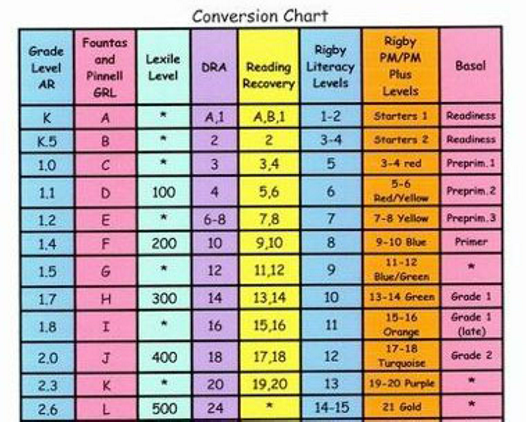
Help your child overcome reading difficulties quickly and permanently! Sign up for trial online classes using the FAST FORWORD method!
SIGN UP
Useful article? Share with friends!
Reading and Intelligence - Evidence-Based Medicine for All
A study published in the journal Child Development concluded that having good reading skills in childhood is a predictor of high intelligence in young adults.
Children. Physical activity and academic performance
A study by scientists from Spain explored these issues in more detail...
Previous studies have noted that reading ability was associated with higher levels of health, education, socioeconomic status, and creativity. The ability to read fluently can directly improve some of these factors.
Some researchers believe that the act of reading has a positive effect on deeper cognitive abilities. One way or another, reading increases intelligence.
However, there are other studies that show that reading skills and general intelligence are genetic. That is, both reading ability and learning ability can be programmed in parallel, and this fact can confuse the results of research.
THIS IS INTERESTING: Many parents find that interacting with their children, such as reading them bedtime stories, or going to family dinner every night, they are able to influence the intelligence of a child in adulthood . INFLUENCE OF EDUCATION ON THE DEVELOPMENT OF INTELLIGENCE?
To investigate this question, researchers from the University of Edinburgh and King's College London, UK, compared reading and intelligence test scores in nearly 2,000 pairs of identical twins.
Tested at ages 7, 9, 10, 12 and 16 years.
Daytime sleep and learning ability in young children
Research shows that nap episodes have ...
Twins were chosen for this study because they are genetically identical and grew up in similar family conditions, which allowed the researchers to exclude the influence of genetic and family upbringing factors on the results of this work.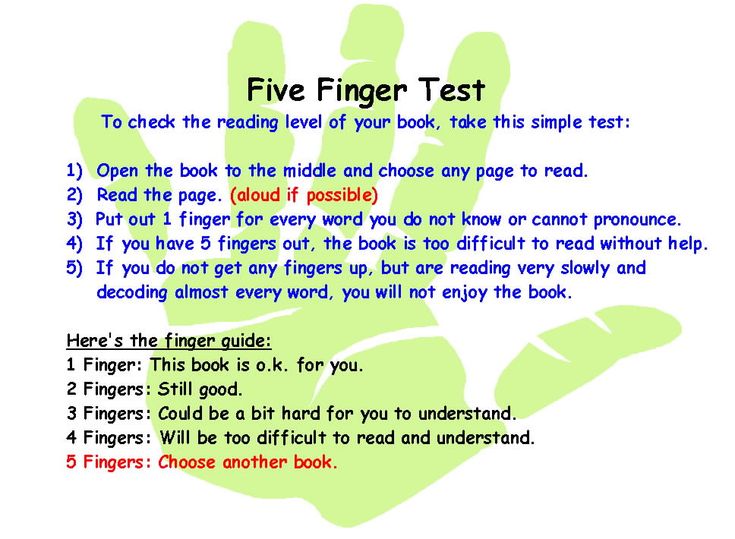
They found that those children who started reading before their twin siblings retained their advantage in reading skills later in life and scored higher on IQ tests.
In addition, reading ability at early school age was associated not only with improved vocabulary and general knowledge, but also with improved non-verbal intelligence.
“The fact that reading increases vocabulary is not surprising, it is quite logical. What is surprising is the increase in non-verbal intelligence,” says study author Stuart Ritchie.
NOT READING SINGLE: The study concluded that 60 minutes of physical activity every day after school is good not only for the physical health of children, but also is able to have a beneficial effect on their cognitive functions . Read more: PHYSICAL ACTIVITY OF CHILDREN. IMPACT ON COGNITIVE FUNCTIONS
He explains:
“It is quite possible that reading teaches children to use abstract thinking, as they must imagine other people, places, and things while reading.

